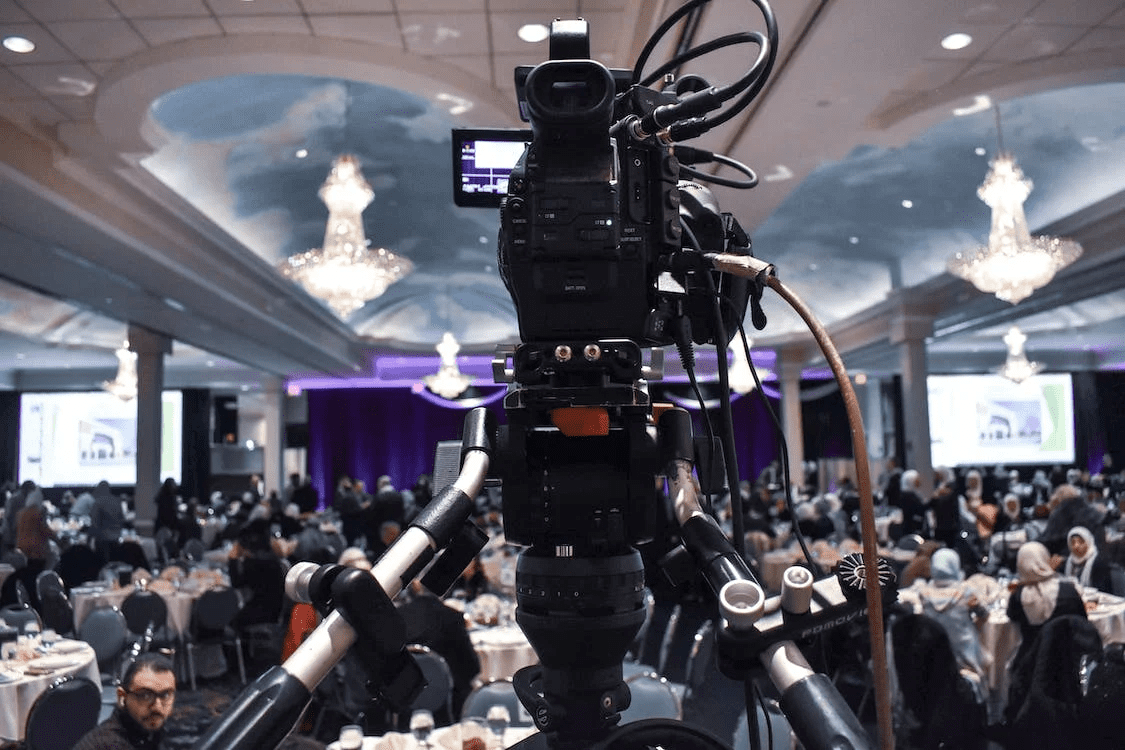Planning a media event is a crucial step in effectively promoting your brand, product, or cause. Whether you’re launching a new product, announcing a milestone, or raising awareness about an important issue, a well-executed media event can help you capture the attention of your target audience and generate significant media coverage. However, organizing a successful media event requires careful planning, attention to detail, and strategic thinking. Here are some of the essential steps to plan your media event successfully and ensure that it leaves a lasting impact on both the media and your audience.
Define your objectives
The first step in planning a media event is to clearly define your objectives. Take the time to identify what you want to achieve through this event. Are you aiming to create brand awareness, generate media coverage, or showcase a new product? Defining your objectives will serve as a guiding principle throughout the planning process. It will help you make decisions about the format, content, and target audience for your event. For instance, if your primary goal is media coverage, you’ll want to focus on inviting journalists, preparing press releases, and arranging interviews. On the other hand, if you’re primarily focused on brand awareness, you may prioritize social media influencers and engaging activities during the event.
Identify your target audience
Understanding your target audience is crucial for tailoring your media event to their interests and preferences. Take the time to conduct thorough research and consider who your event is primarily intended for. What kind of media outlets do they follow? Are they industry professionals, influencers, or general consumers? Knowing your audience will help you determine the tone, format, and content of your event, ensuring that it resonates with them and sparks their interest. By tailoring your event to their needs, you’ll increase the likelihood of generating positive media coverage and creating a memorable experience for attendees.
Choose the right venue
Selecting the right venue is essential to create the desired atmosphere and accommodate your audience comfortably. Consider factors such as the size, location, and accessibility of the venue. Does it align with the theme and purpose of your event? A venue that reflects the values and identity of your brand or cause can contribute to the overall success of the event. Additionally, ensure that the venue has the necessary audiovisual equipment, staging, and seating arrangements to support your presentations and performances, as well as enough room for professional media walls that will tell all your visitors all about your media event in a matter of seconds. Adequate planning and coordination with the venue staff will help ensure a seamless and professional event experience for both the media and attendees.
Create an effective media kit
A comprehensive media kit is an essential tool for journalists attending your event. It should include a press release, fact sheets, high-quality images, and any relevant background information about your brand or product. Make sure the media kit is well-organized, visually appealing, and readily accessible both in physical and digital formats. This will enable journalists to quickly gather the necessary information and create compelling stories about your event. The media kit should provide a clear and concise overview of your event, highlighting key messages and supporting visuals that journalists can use in their coverage.
Invite relevant media outlets and influencers
To maximize the impact of your media event, it is crucial to invite the right media outlets and influencers. Conduct research to identify journalists, bloggers, and social media influencers who cover topics related to your event. Personalize your invitations and clearly communicate the value they would gain from attending and covering your event. Building strong relationships with key media personnel can lead to long-term partnerships and increased media exposure. Consider offering exclusive access, interviews with key spokespersons, or behind-the-scenes experiences to entice media attendance and coverage.
Practice and rehearse
To ensure a smooth and polished media event, allocate sufficient time for practice and rehearsals. Conduct mock run-throughs with your team, paying attention to the timing, transitions, and overall flow of the event. Practice answering potential questions from the media and prepare your spokesperson to handle any unexpected situations or challenges that may arise during the event. Rehearsals will help your team become familiar with their roles and responsibilities, ensuring that they deliver their presentations or performances confidently and effectively. By being well-prepared, you’ll minimize the risk of technical glitches or communication mishaps that could diminish the impact of your event.
By strategically implementing these steps, you can increase the chances of capturing media attention, generating positive coverage, and achieving your desired outcomes. Remember to continuously evaluate and learn from your experiences to refine your future media events. With thorough planning and attention to detail, your media event can become a powerful platform for promoting your brand, product, or cause. By creating an engaging and memorable experience for both the media and your audience, you’ll leave a lasting impact and build valuable relationships that can contribute to your long-term success.
